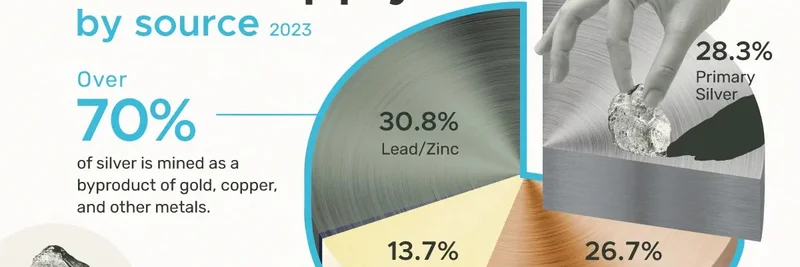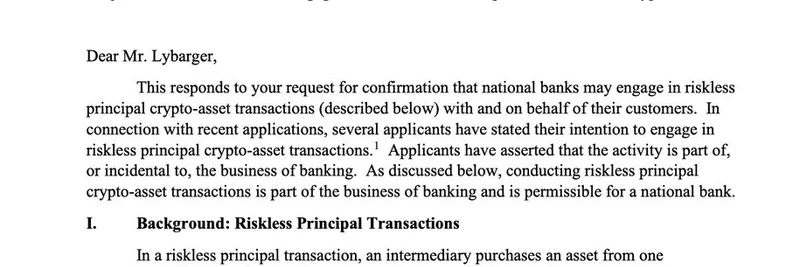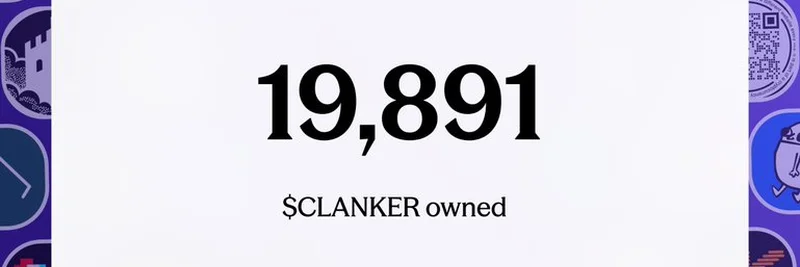In the wild world of meme tokens, where hype can skyrocket prices overnight, it's easy to get swept up in the buzz. But as RugCheck.xyz pointed out in their latest tweet, that social noise might just be a distraction. Let's dive into what they said and why it matters for anyone dipping their toes into Solana-based projects.
The Tweet That Cuts Through the Noise
RugCheck.xyz, a popular anti-rug tool for Solana tokens, dropped this gem on X (formerly Twitter): "Don't mistake social noise (10 'KOLs' shilling a token) for a real buy signal. The only real signal is the on-chain data. We help you cut through the manufactured hype and listen to the ground truth." They linked directly to their site at rugcheck.xyz.
For the uninitiated, KOL stands for Key Opinion Leader – think influencers or big accounts in crypto who promote tokens, often for a fee or personal gain. Shilling is basically aggressive promotion, and in meme token circles, it's everywhere. RugCheck's message is clear: Don't buy into the FOMO (fear of missing out) created by a handful of voices. Instead, look at the blockchain itself – the on-chain data – for real insights.
The tweet came with an animated video featuring a detective raccoon sleuthing through crypto clues, emphasizing their role in spotting potential scams. While we can't embed the video here, you can check it out in the original post here.
Why On-Chain Data is King in Meme Tokens
Meme tokens thrive on virality, but they're also notorious for rug pulls – when developers dump their holdings or abandon the project, leaving investors high and dry. On-chain data, which includes transaction histories, liquidity locks, and holder distributions, tells the true story. Tools like RugCheck analyze this data to flag risks, such as unlocked liquidity pools or suspicious wallet activities.
In the thread's replies, users echoed the tool's importance but highlighted some hiccups. Several mentioned issues with data not refreshing or reports failing to generate for tokens like FlipSwitchCoin and World United Token. One user even shared a screenshot of an error message, showing the real-world reliance on these tools. It seems like RugCheck might be dealing with some technical glitches, but their core advice stands: Always verify on-chain before jumping in.
This is especially crucial on Solana, where low fees and fast transactions make it a hotspot for meme coins. Projects can launch in minutes, but so can scams. By prioritizing on-chain metrics over Twitter hype, investors can avoid common pitfalls and make smarter plays.
How to Use Tools Like RugCheck for Your Next Meme Hunt
Getting started is straightforward. Head to RugCheck.xyz, paste in a token's contract address, and let it do the heavy lifting. It checks for things like:
- Liquidity Locks: 프로젝트의 자금이 쉽게 인출될 수 없는지 확인합니다.
- Holder Concentration: 공급의 너무 많은 부분이 몇몇 지갑에 몰려 있는지(대량 덤프의 위험 신호)를 표시합니다.
- Metadata Completeness: 토큰에 제대로 된 메타데이터가 있는지 확인해 카피캣 위험을 줄입니다.
One reply in the thread called out a token flagged as a copycat despite being verified elsewhere, showing how these tools aren't infallible but are a great first line of defense. Pair it with other checkers like DexScreener or Solana Explorer for a fuller picture.
The Bigger Picture for Blockchain Enthusiasts
RugCheck's tweet isn't just a promo – it's a reminder in the meme token ecosystem that substance beats spectacle. As blockchain tech evolves, with Solana's token extensions adding more features, staying informed through reliable data is key to leveling up your game.
If you're building or investing in meme tokens, keep an eye on on-chain signals. It could save you from the next big rug. What are your thoughts on relying on data vs. hype? Drop a comment below or check out more insights on Meme Insider.
For more on Solana meme trends and tools, explore our knowledge base at meme-insider.com. Stay safe out there!



